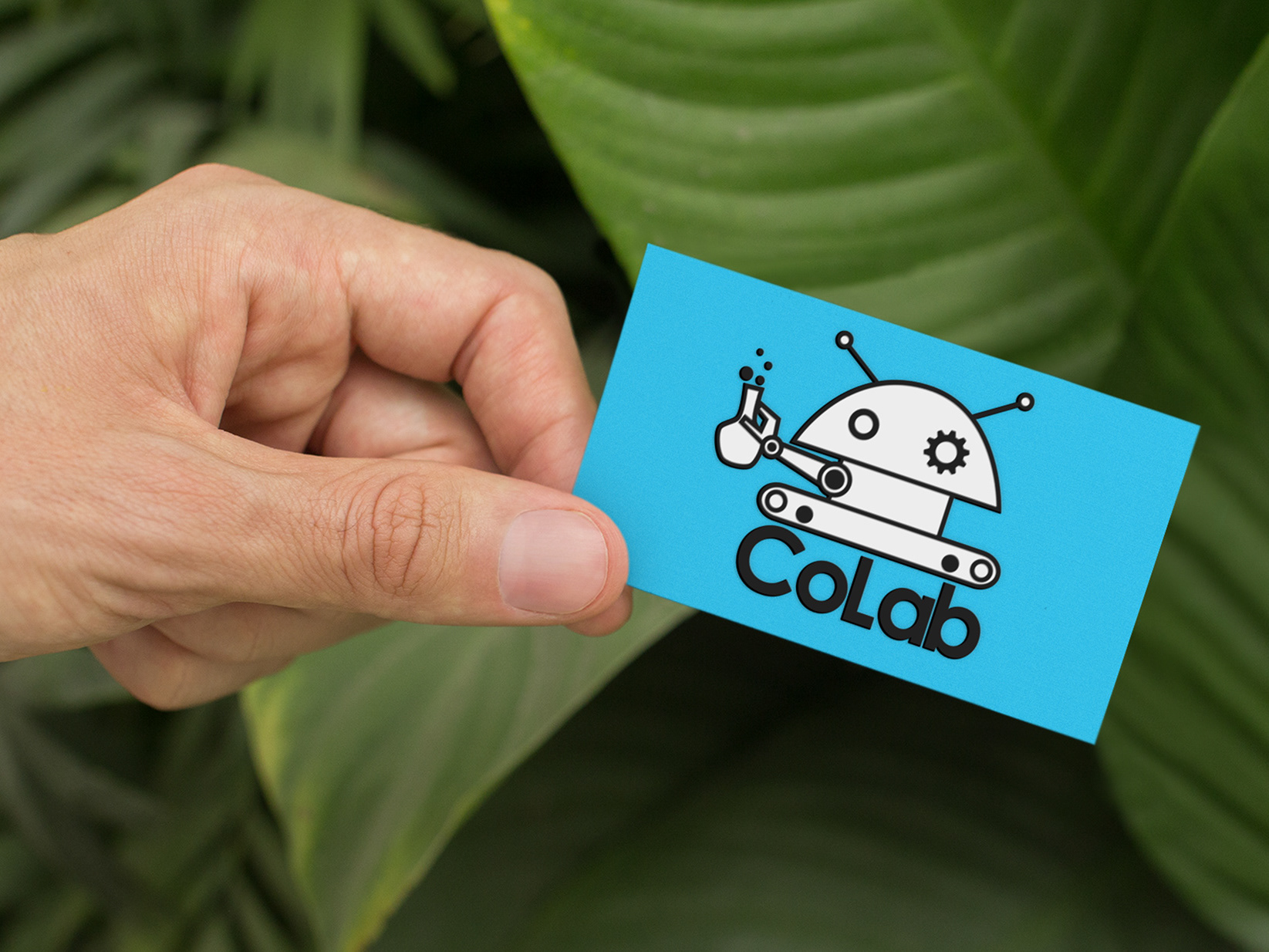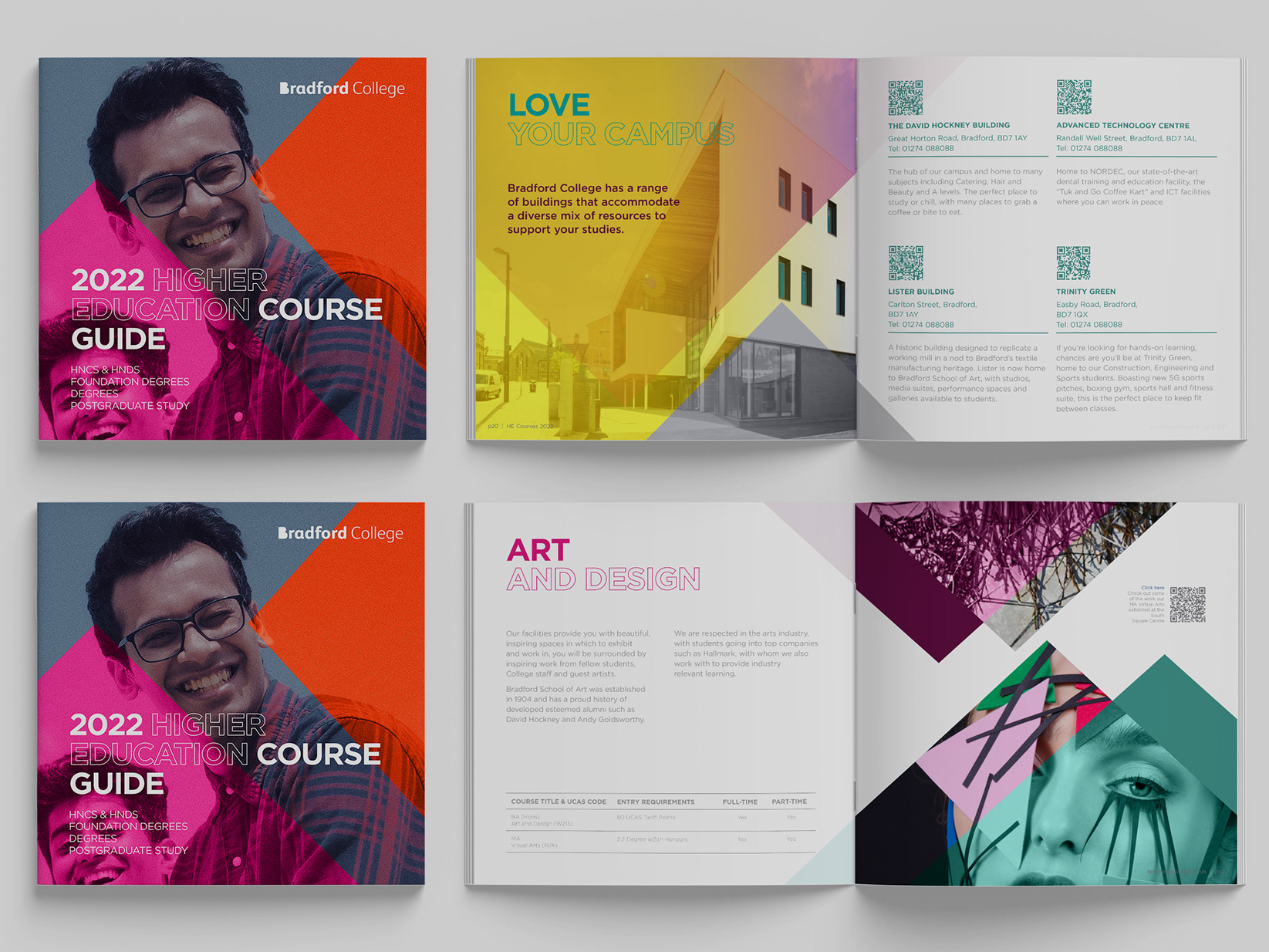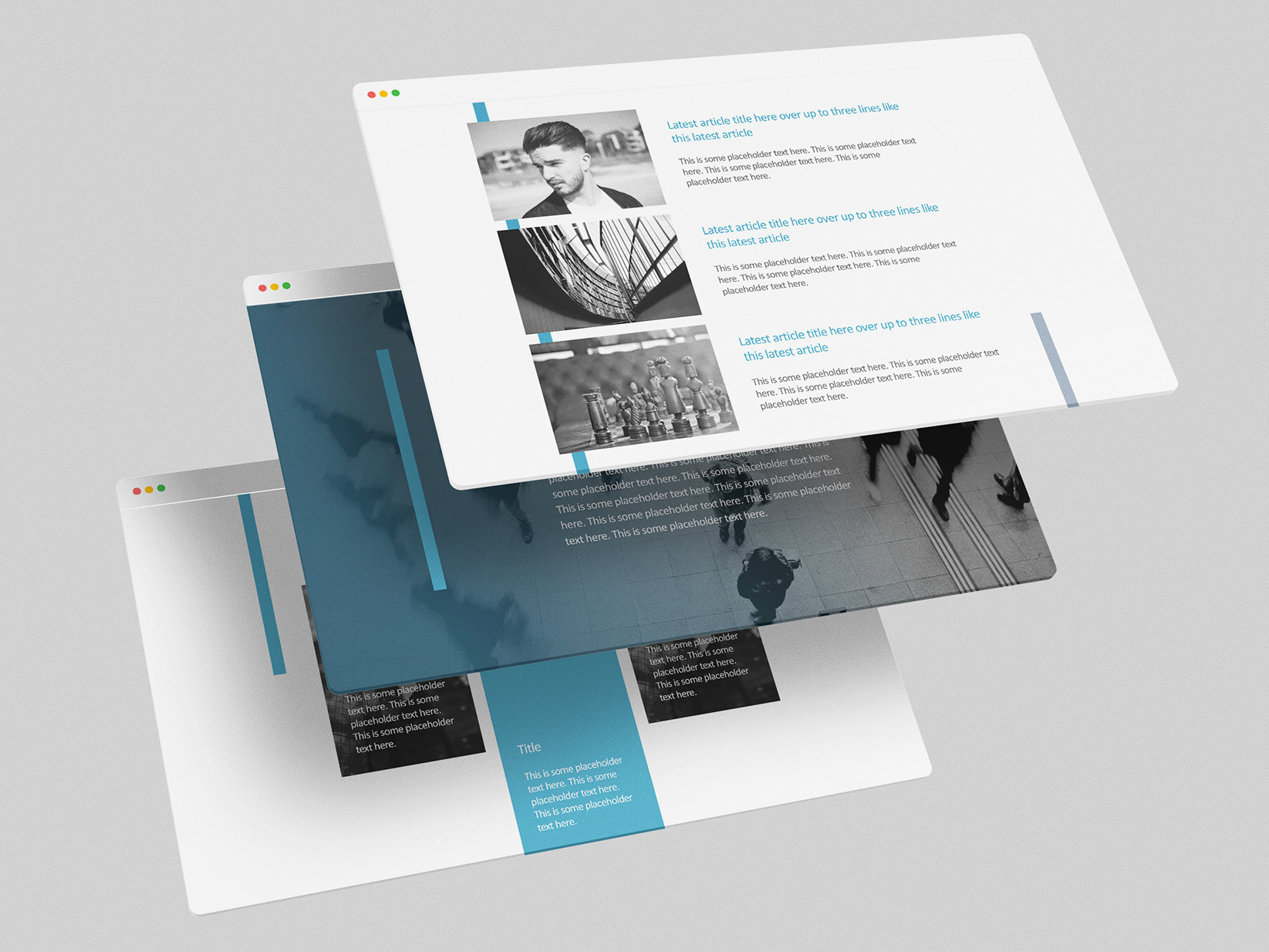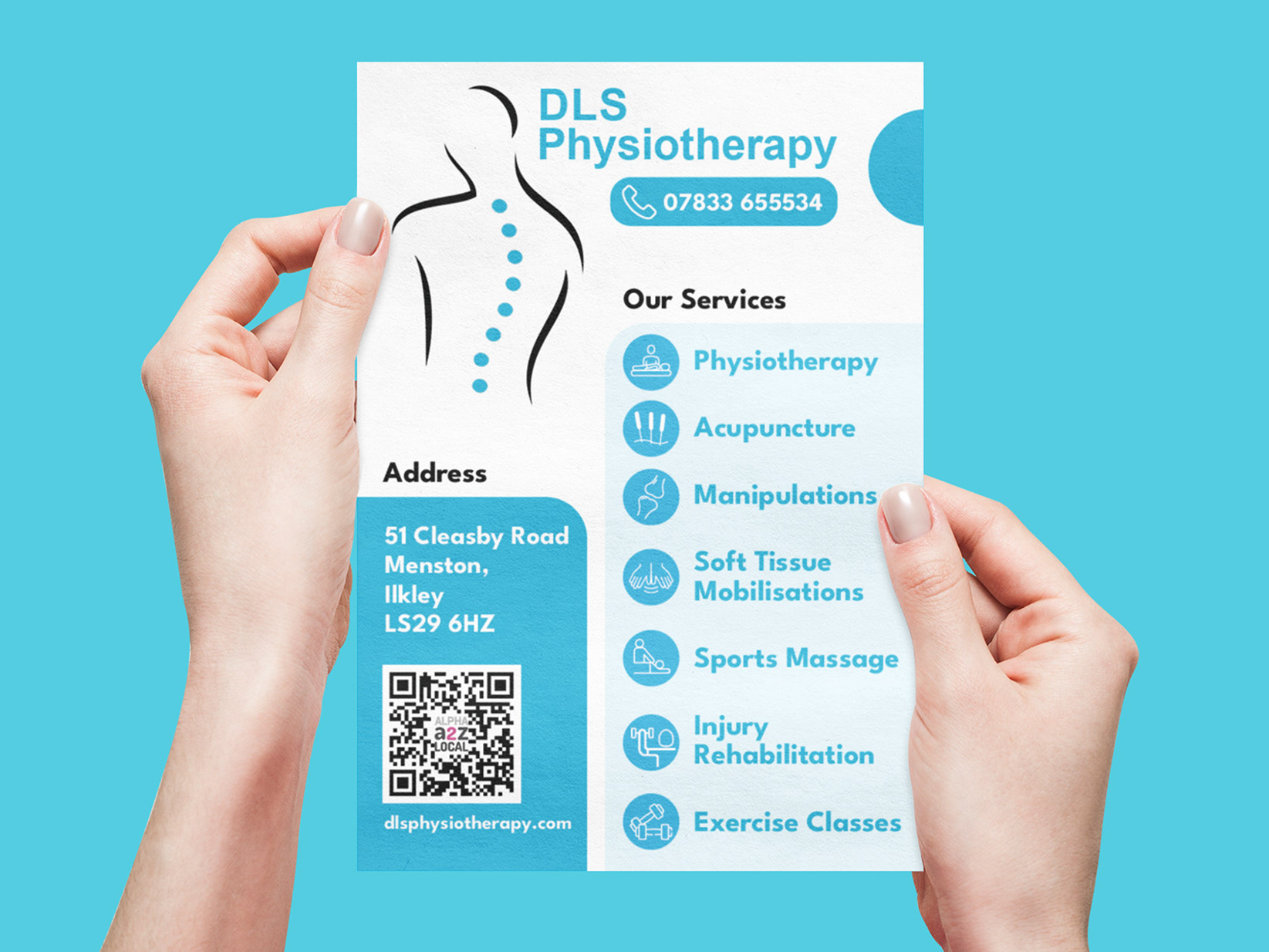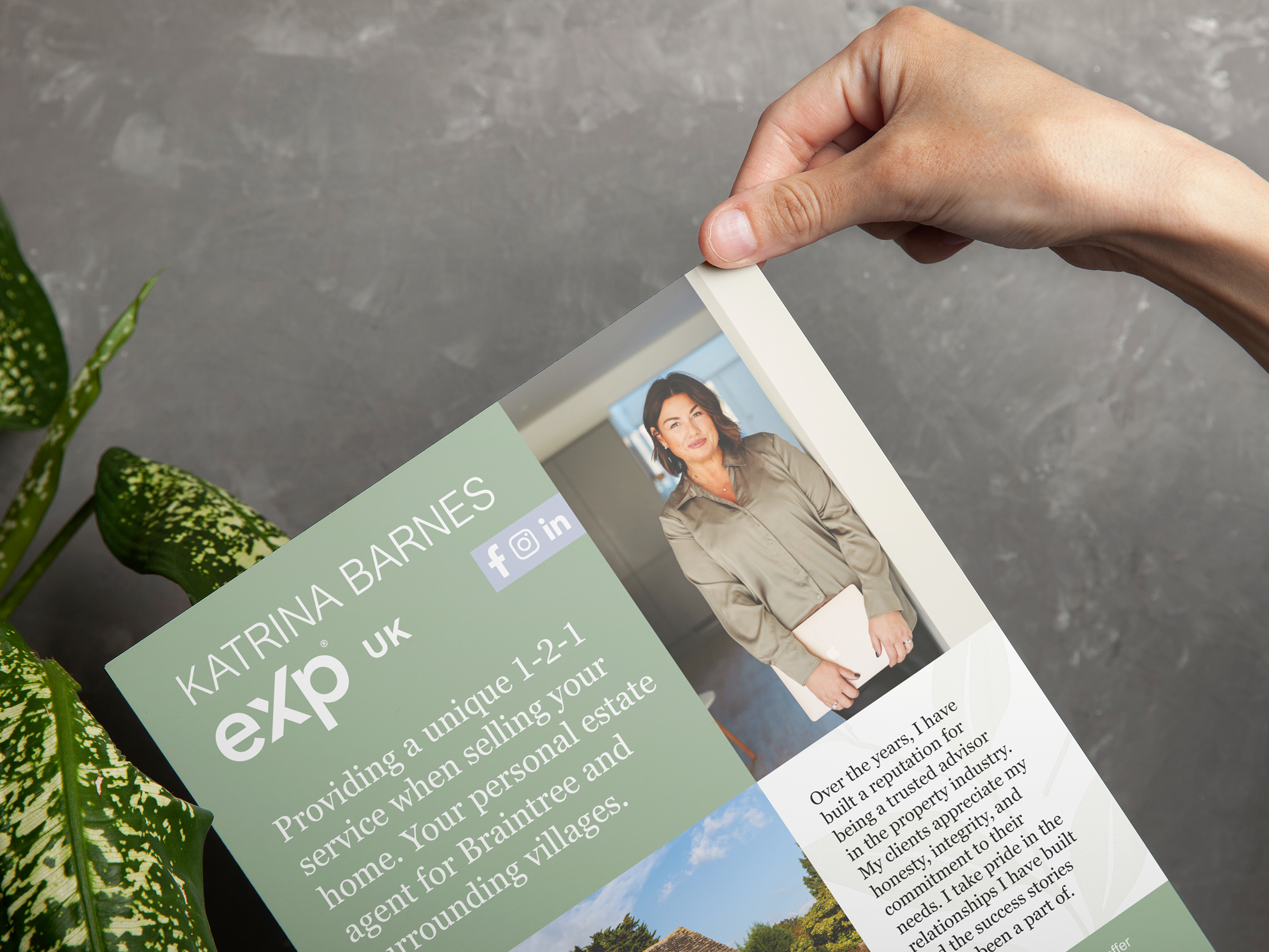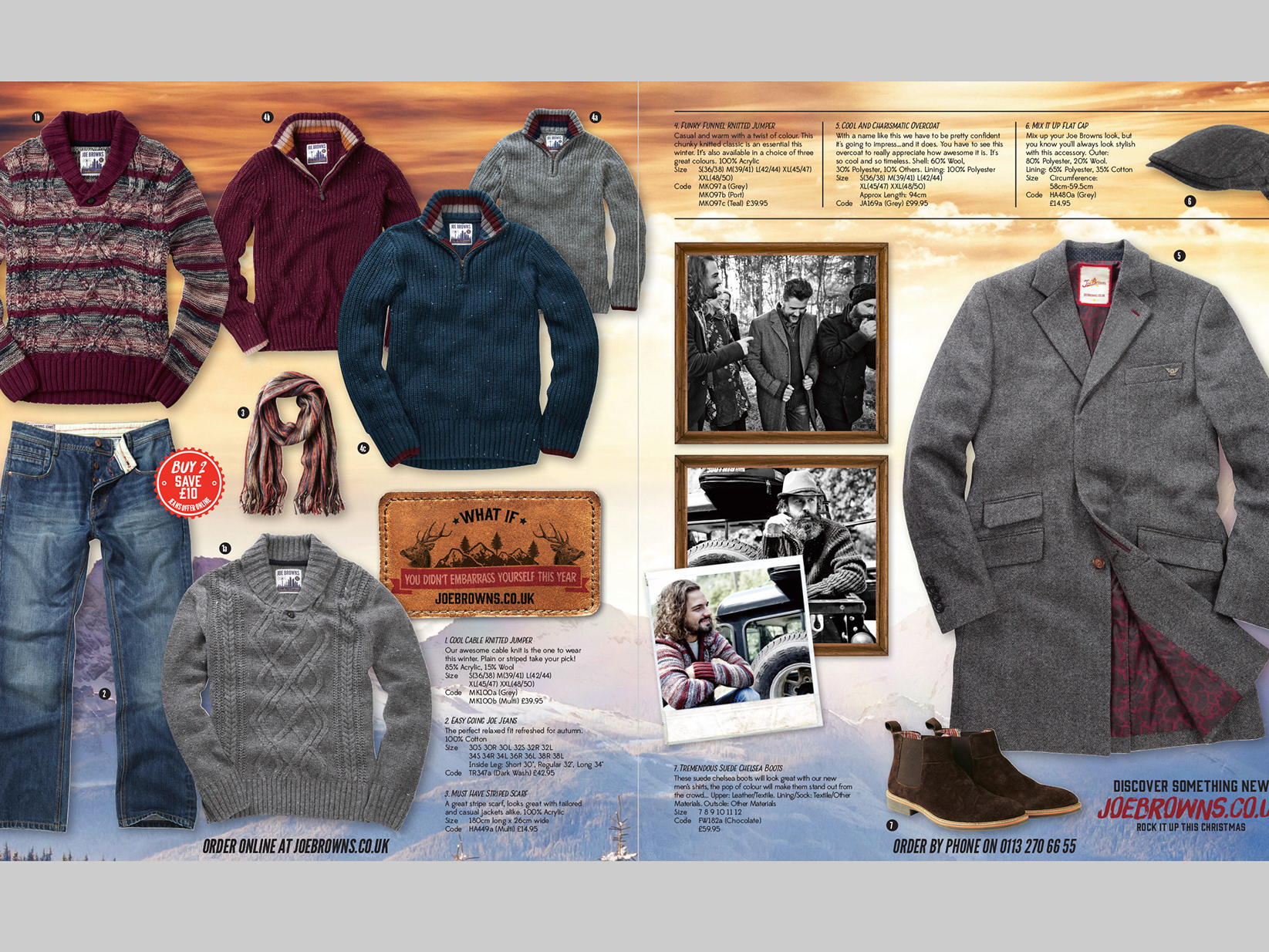Empowering victims and witnesses to report hate crime safely
Stop Hate UK needed to redesign its mobile app to make reporting hate crimes safer, easier, and more accessible. The original app had significant usability issues: long and confusing forms, poor navigation, low accessibility support, and unclear feedback during reporting. My role was to lead a user-centered redesign that balanced confidentiality, ease of use, and inclusivity - ensuring that victims and witnesses could confidently submit reports, often in distressing situations.
Deliverables: UX Research, Product Design, High-Fidelity Prototype, Developer Handoff
Team: Product Designer (me), 4 Developers, Product Manager
Timescale: 2 months
Team: Product Designer (me), 4 Developers, Product Manager
Timescale: 2 months
Business Goal
Reduce barriers to reporting hate crimes while improving the quality and reliability of submitted reports for advocacy and support services.
User Impact Goal
Create a safe, anonymous, and accessible reporting experience that reduces fear of retaliation and empowers diverse users - including people with disabilities, older users with limited digital literacy, and individuals in high-stress scenarios.
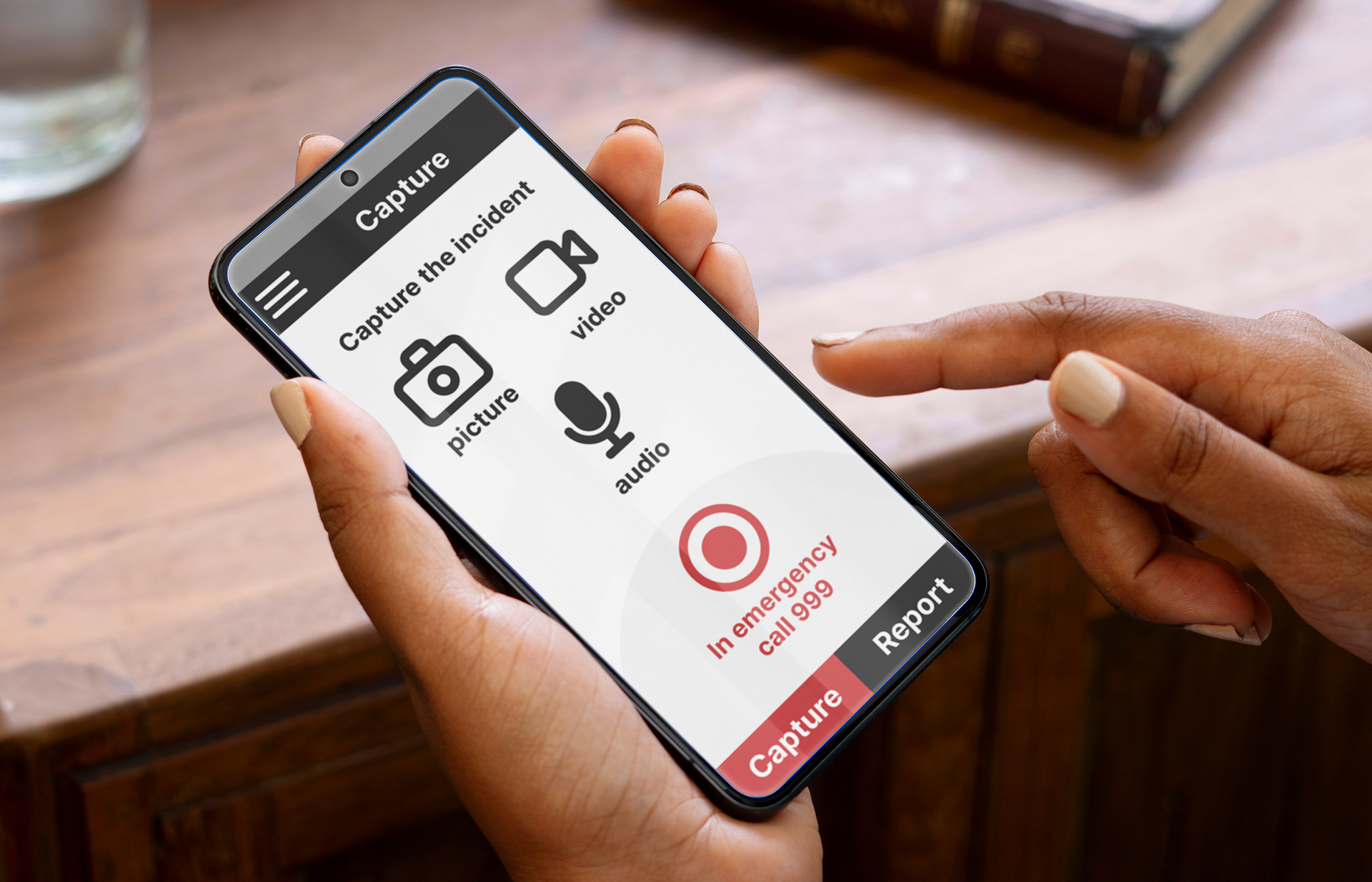
new ui/ux design
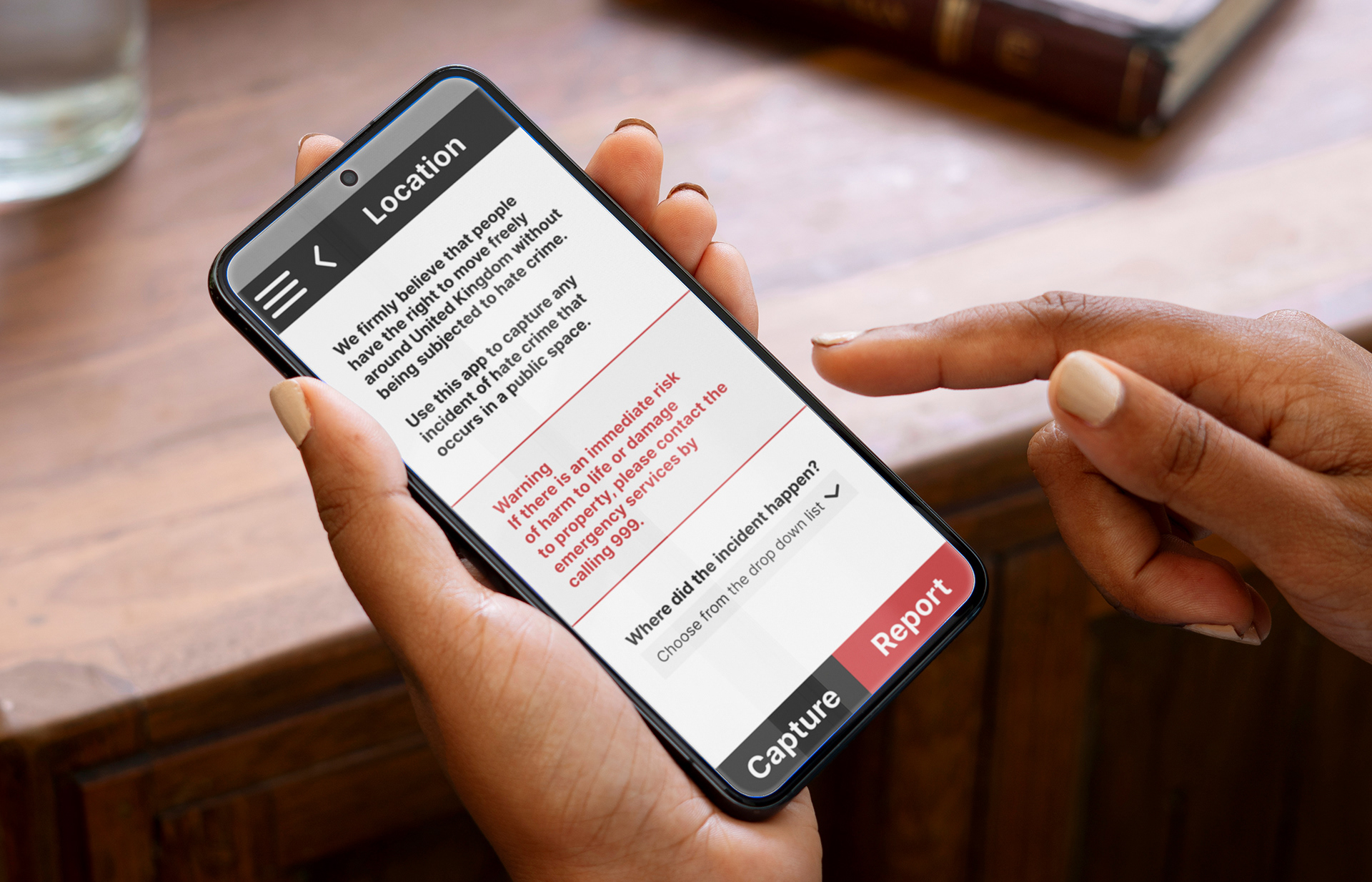
new ui/ux design

new ui/ux design
Design Process
01 / Usability Testing of Existing App + Personas
Conducted usability tests on the old app with participants representing key demographics: teenagers, LGBTQ+ advocates, elderly users, and people with disabilities.
Findings:
- Users felt overwhelmed by text-heavy screens.
- Long, mandatory forms caused frustration and abandonment.
- GPS/location capture was unreliable.
- Accessibility features (text size, input assistance) were insufficient.
Built personas based on research: each representing different needs and pain points (e.g. Zainab, a student facing racial bullying but afraid of retaliation; Ruth, an elderly woman with low tech skills).
Key Insight: The existing app created barriers when users were already under stress — reporting needed to be faster, clearer, and more reassuring.
02 / Flow Mapping & Journey Redesign
Mapped current vs. ideal journeys for victims, witnesses, and authorities.
Redesigned flows to reduce friction:
- Added panic button for emergencies.
- Simplified report flow with quick media capture and GPS tagging.
- Introduced progress indicators and error-prevention cues.
03 / Wireframes & Prototyping
Sketched alternative layouts addressing pain points.
Built wireframes → high-fidelity prototypes in Figma, aligned to WCAG 2.1 AA accessibility standards.
Designed for both Android & iOS, with responsive adjustments for text-heavy fields.
04 / Iterative Testing & Refinement
Validated prototypes with usability sessions.
Iterations included:
- Shortening forms and adding “I don’t know” options for unclear fields.
- Reducing text blocks, using concise guidance + visual cues.
- Improving clarity of date pickers and address fields.
- Enlarging text and ensuring colour contrast for readability.
05 / Stakeholder & Developer Collaboration
Facilitated workshops with Stop Hate UK stakeholders to prioritize features (balancing simplicity vs. compliance).
Collaborated with developers to define which screens were dynamic (conditional forms) vs. static.
Negotiated retaining familiar navigation buttons (“Capture” and “Report”) to support existing user habits while improving overall flow.

previous ui/ux design
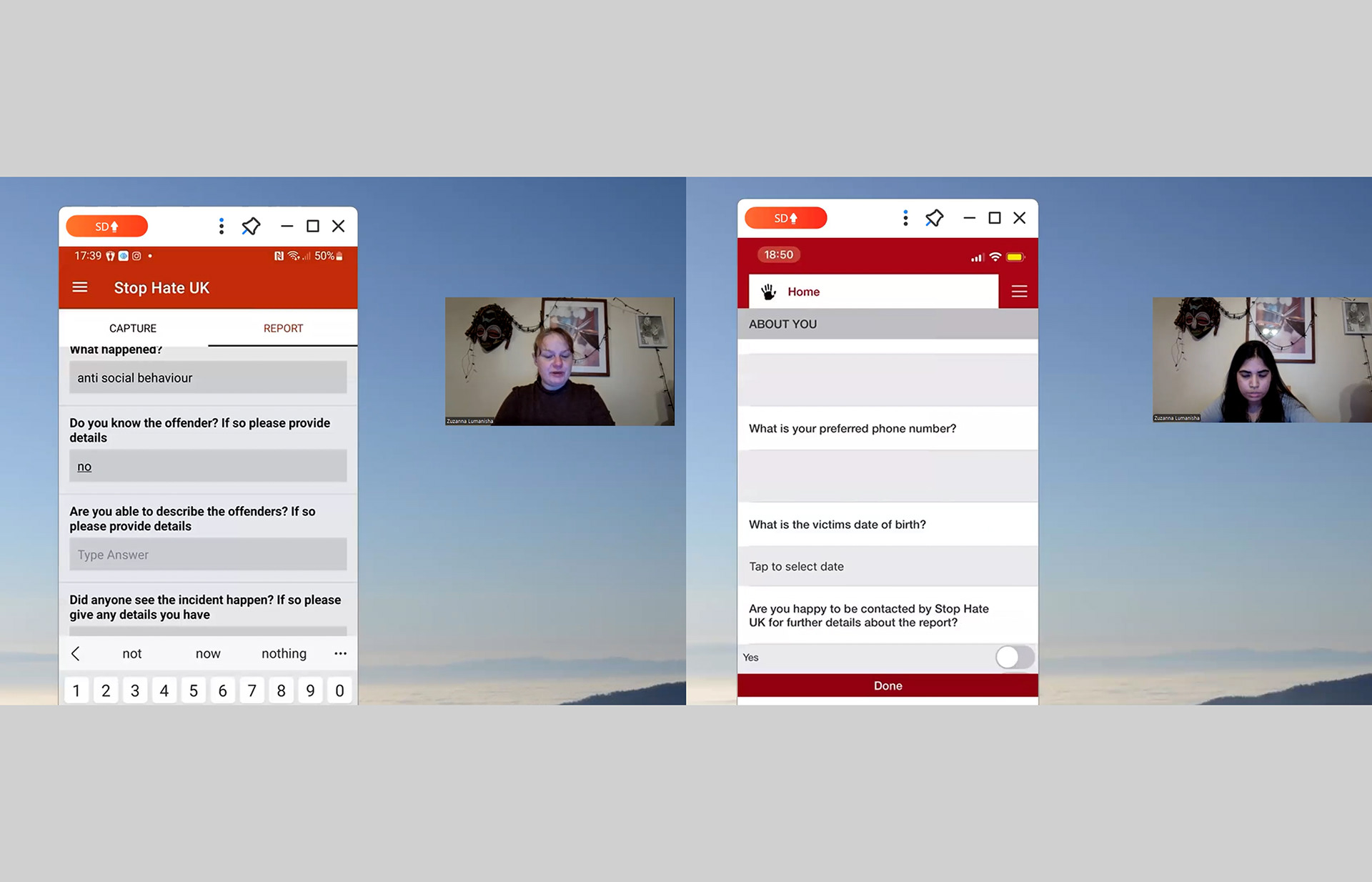
usability tests
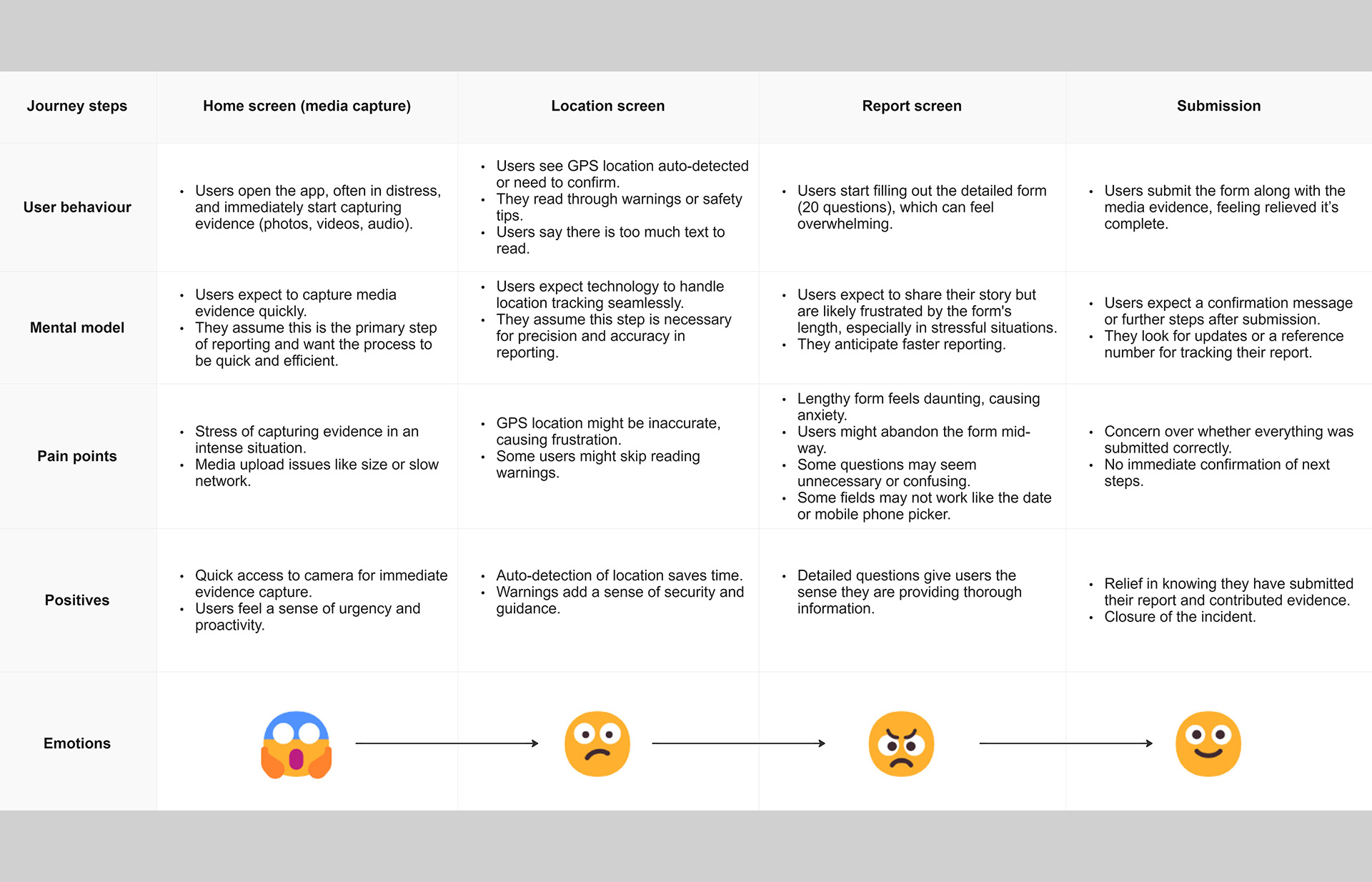
user journey map
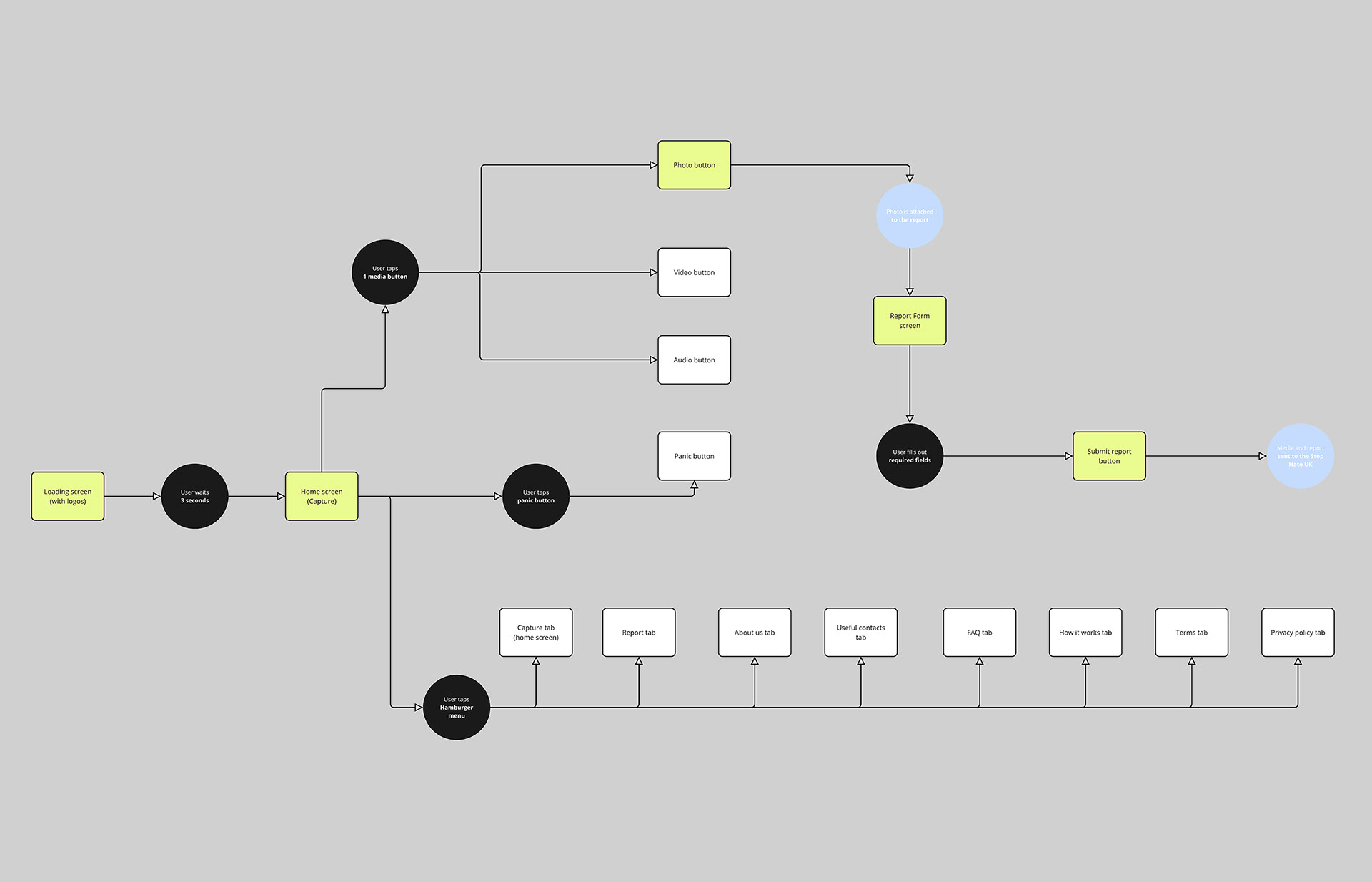
users happy path

a/b testing of the ui
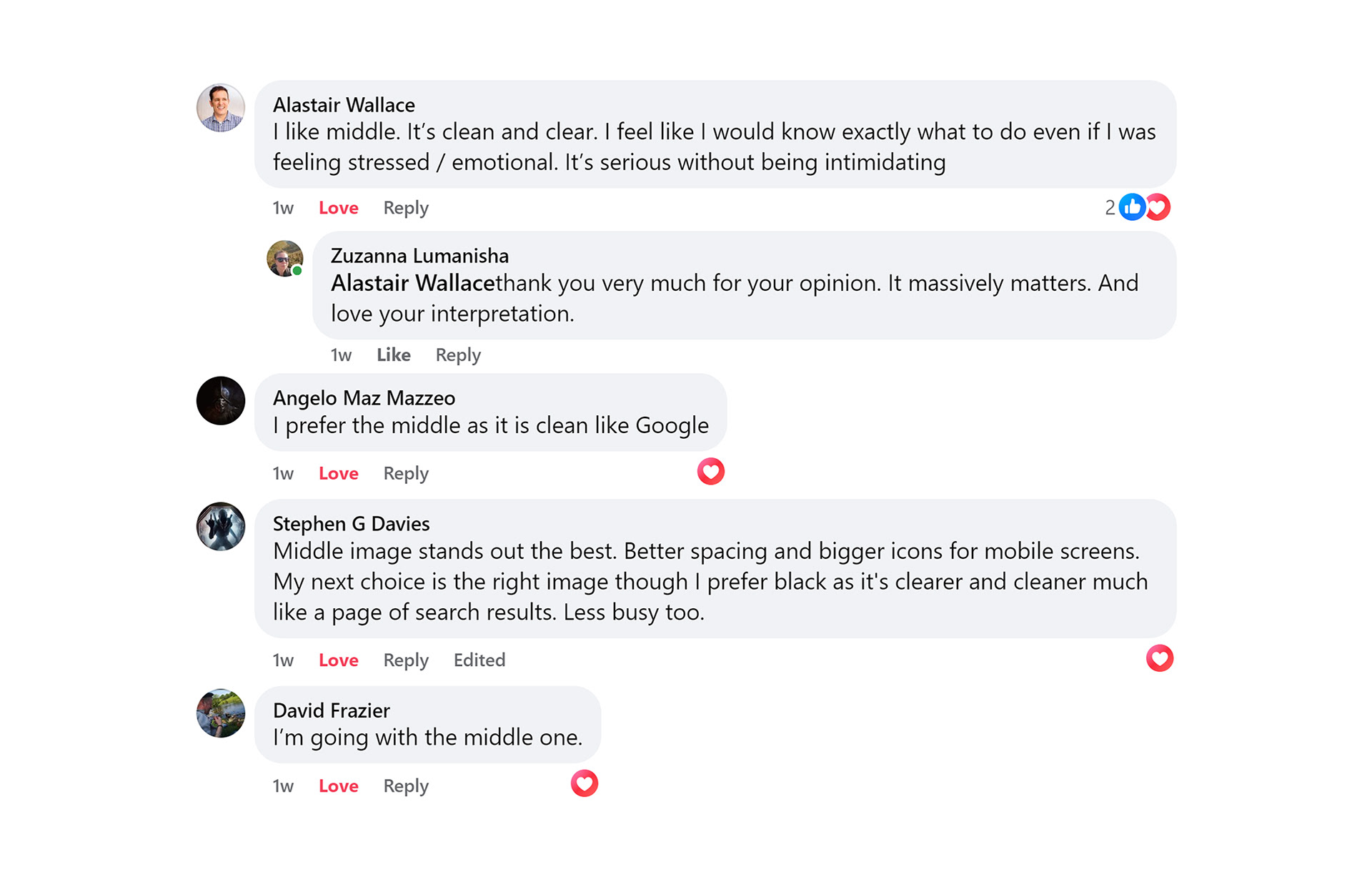
users comments
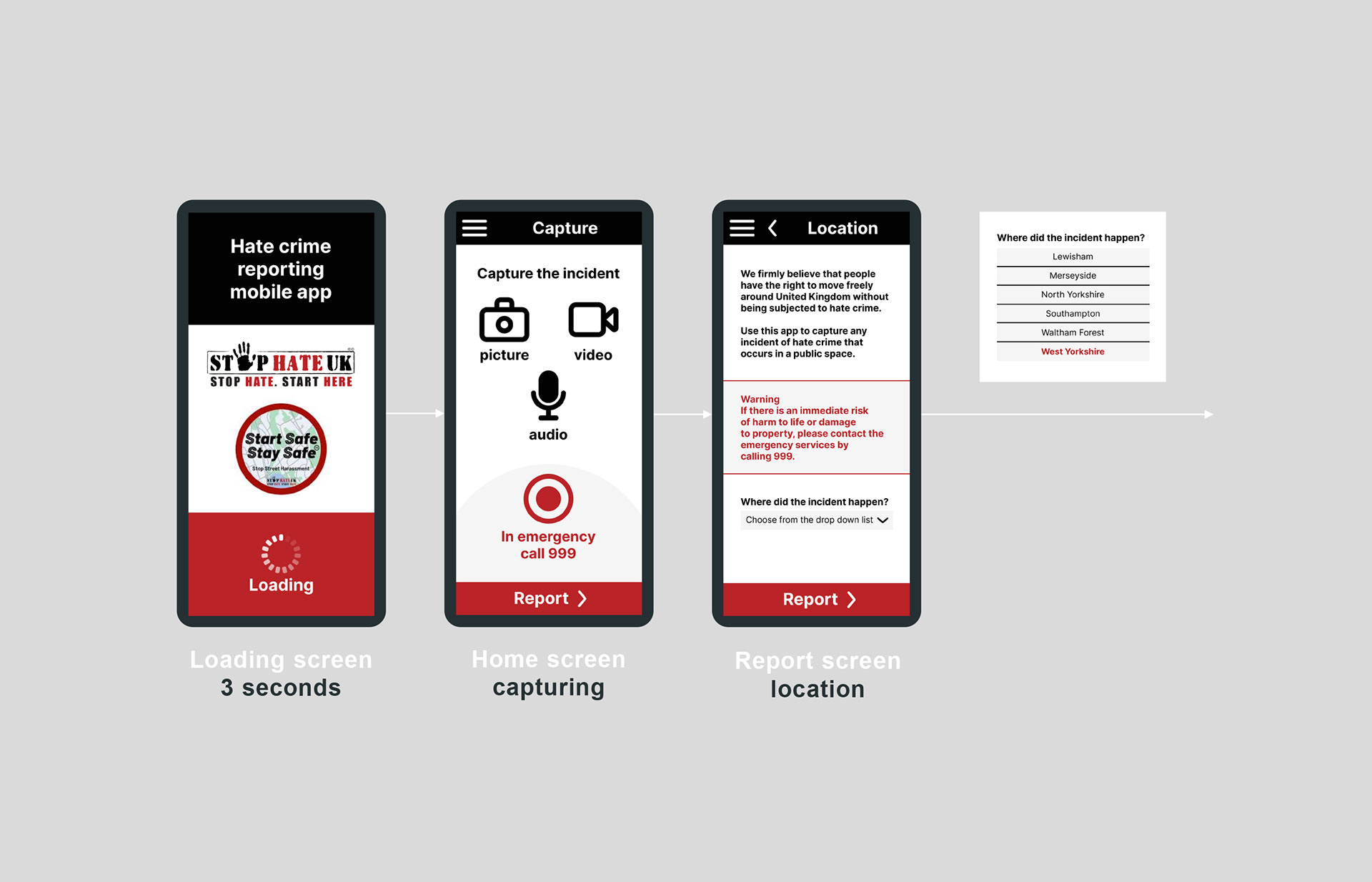
improved prototype design
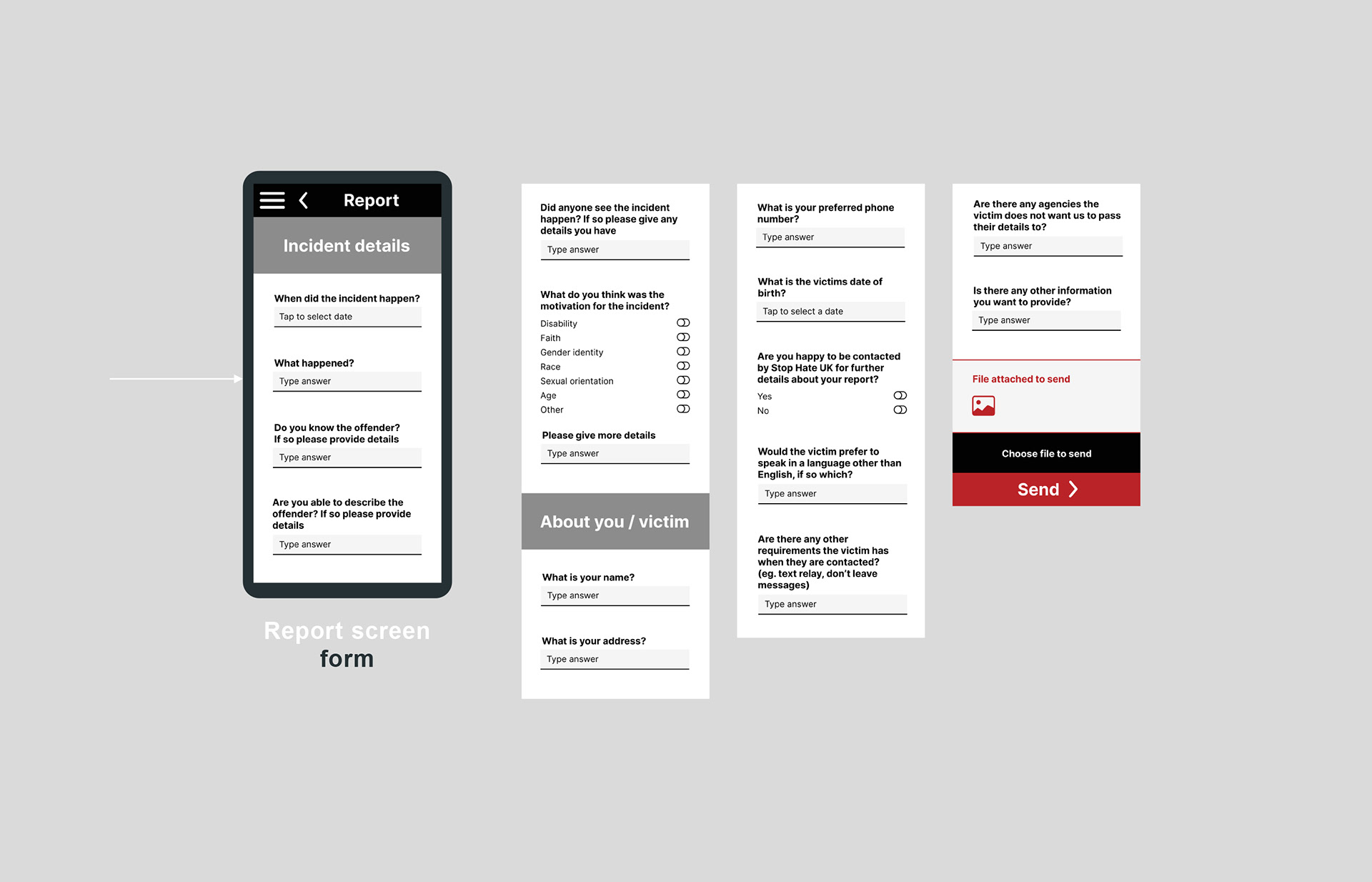
improved prototype design
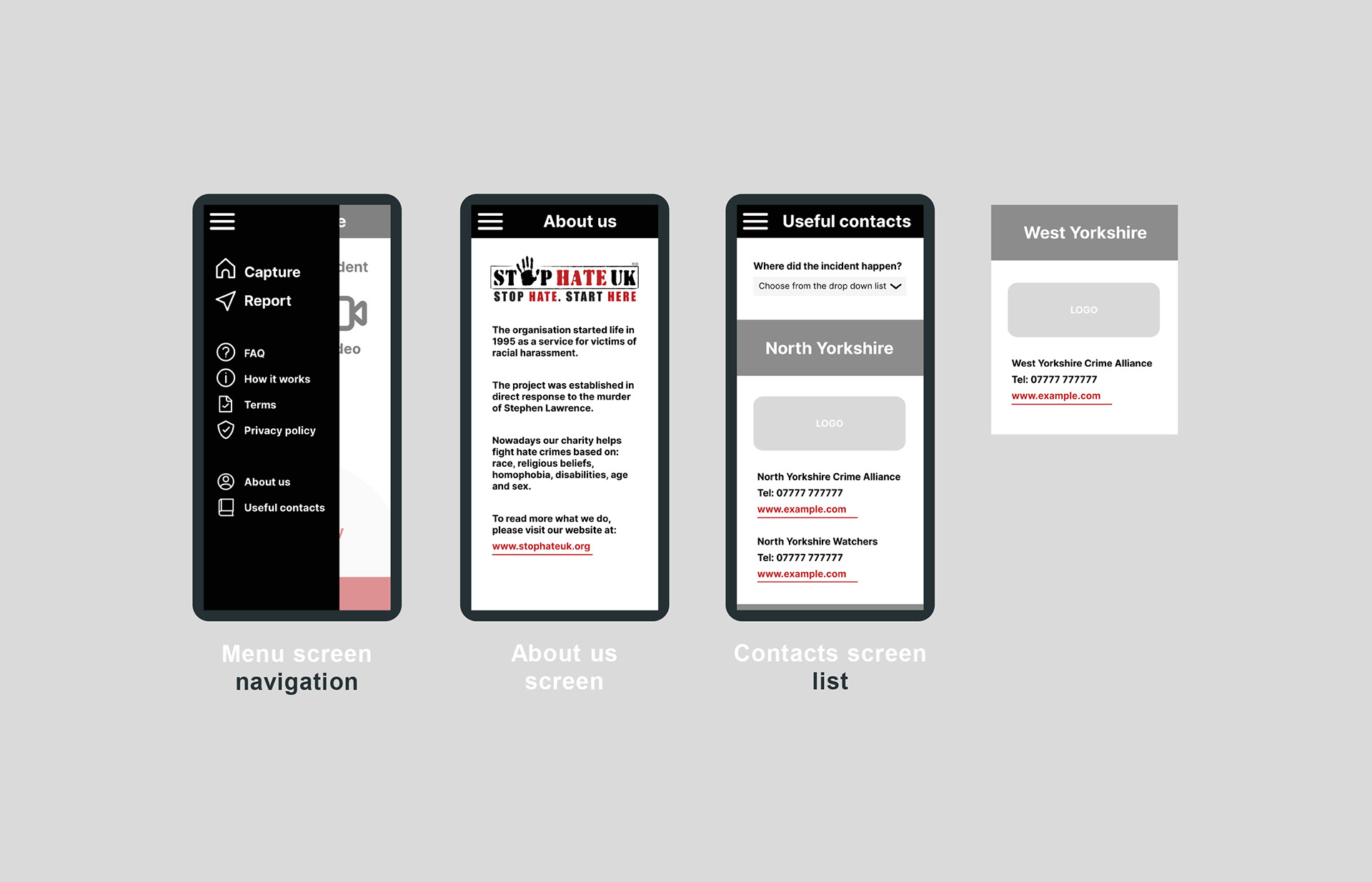
improved prototype design
Outcomes & Impact
Improved efficiency: Prototype testing showed 80% of users completed a report in under 3 minutes (old version averaged ~8 minutes).
Accessibility uplift: Redesigned flows and WCAG compliance improved usability for elderly and low-tech participants.
Increased trust & safety: Users reported feeling reassured by anonymity options, clearer progress indicators, and confirmation screens.
Stakeholder buy-in: The final design balanced advocacy needs with user realities, ensuring both accurate reporting and user safety.
Ongoing improvements: The app is now live in both the Apple App Store and Google Play Store. I continue to work closely with developers to fix glitches and refine the user experience post-launch, ensuring long-term quality and reliability.
Next Steps
- Expand multilingual support for wider community access.
- Implement real-time case tracking for transparency.
- Add advanced accessibility features (e.g. BSL video reporting, audio guidance).
Round-Up
By beginning with usability testing of the existing app, I grounded the redesign in real user struggles and pain points. From there, I reframed the reporting experience around clarity, accessibility, and emotional reassurance. This case study demonstrates how evidence-driven UX design can transform a high-stakes product into a safe, inclusive, and empowering tool for social impact. Importantly, I remain engaged beyond design handoff, collaborating with developers while the app is live to continuously improve performance and usability.


